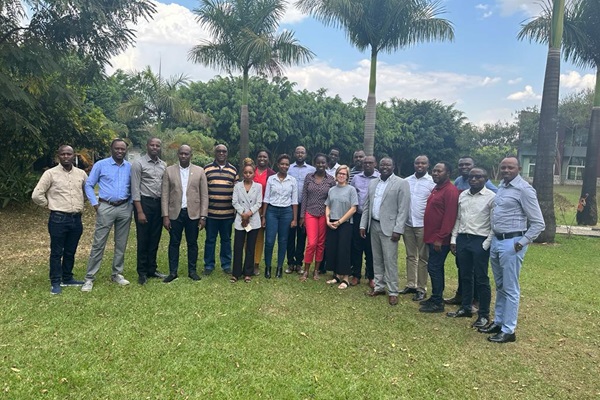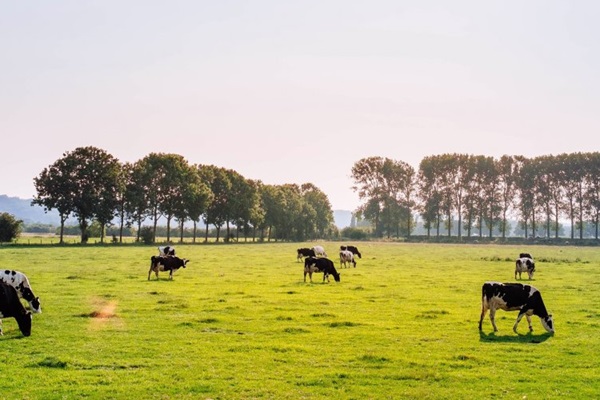 Tanzania
Tanzania

DC_Tanzania
- 61.5 million
Human population - 94.9 million
Livestock population - 40% Chickens, 30% Cattle, 20% Goats and 10% other
Livestock composition - 25.9 percent
Agriculture, forestry, and fishing, value added (% of GDP)
Overview
Dairy farming is one of the most important economic sectors in Tanzania contributing to the livelihoods of more than 2.3 million farmers and livestock keepers in the country. Seasonality highly influences the productivity of dairy cows, worsened by the limited availability of feeds, diseases, and low reproductive rates of the animals. During dry and wet seasons, milk yields in traditional systems are about one litre per cow per day and range from 6 to 12 litres per cow per day in improved systems. Milk contributes to over 50 percent of the farm revenue profile in Tanzania’s traditional systems, while meat sales contribute to 48 percent of the total farm revenue.
Baseline greenhouse gas emissions
In 2014 Tanzania’s dairy cattle sector was responsible for about 27.8 million tonnes carbon dioxide equivalent (CO2-eq.) of greenhouse gas emissions with enteric methane representing about 95 percent of the total emissions. At national level, the emission intensity of milk was on average 19 kg CO2-eq. per kilograms of fat and protein corrected milk (FPCM). Average emissions reached:
28 kg CO2-eq/kg FPCM for traditional systems
2 kg CO2-eq/kg FPCM in improved systems
Mitigation interventions
Combining technical interventions, such as the establishment of intensive fodder gardens, use of crop residues, improvement of dairy breeds and East Coast Fever control would increase milk production and reduce emission intensity in both improved and traditional systems. The study suggests that taken individually, these interventions have the potential to increase Tanzania’s milk production by between 4 and 56 percent in traditional systems, and by between 5 and 38 percent in improved systems. In terms of emissions reduction, these interventions have the potential to reduce enteric methane emission intensity by up to 35 percent in traditional systems, and up to 21 percent in improved systems. Moreover, some of these mitigation options can maintain and improve herd parameters, feed resources and water supply during and after climate shocks. Improved milk production can also contribute to 85 percent of the farm revenue and increase household food and nutrition security.












